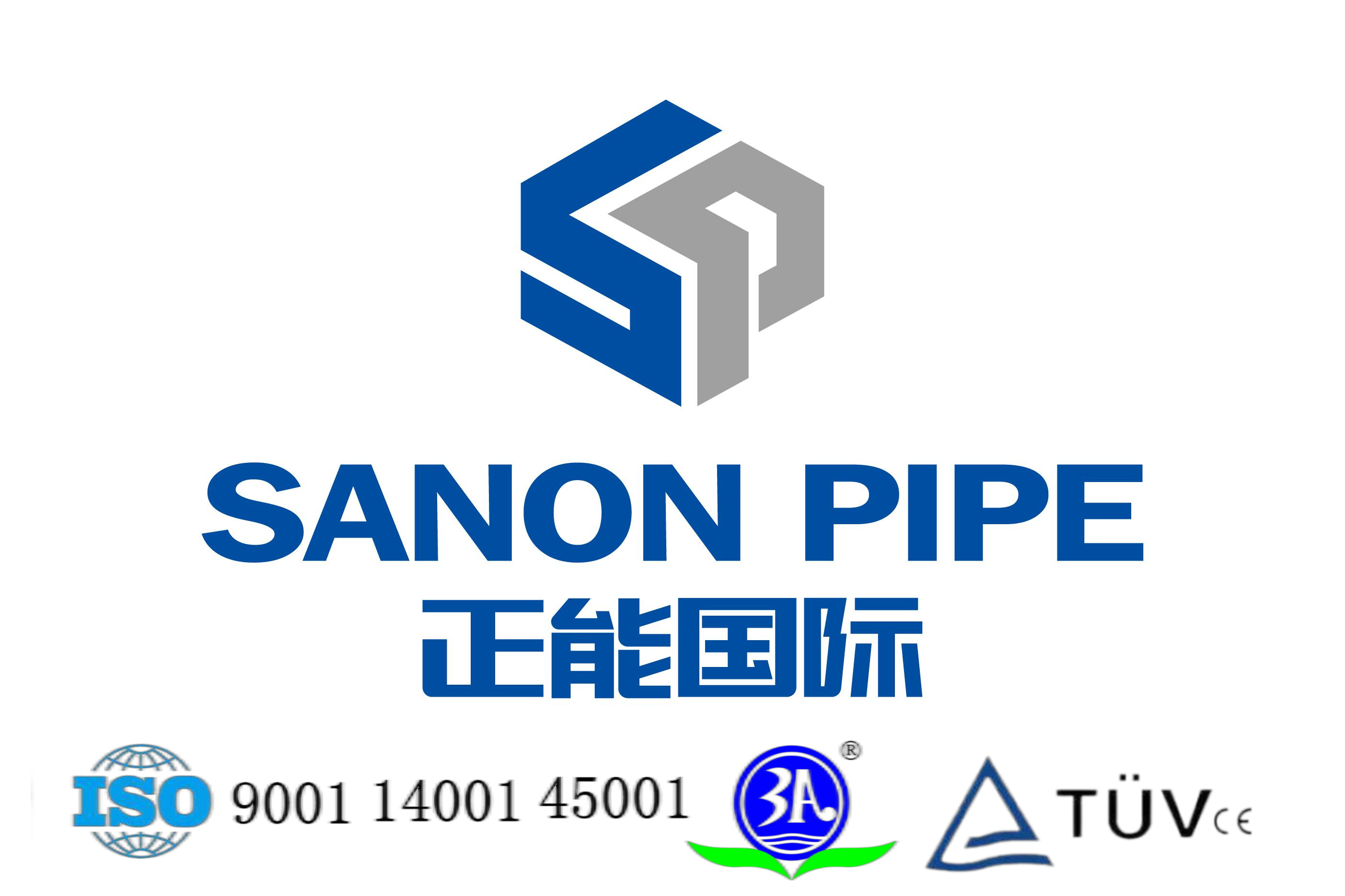1. Scope and Classification
Manufacturing Process: Applicable to welded steel pipes such as electric resistance welding (ERW) and submerged arc welding (SAW).
Classification: Classified into Class A (basic level) and Class B (advanced level) according to the strictness of the inspection. P355NH is usually delivered as Class B.
2. General Delivery Conditions
Surface Quality: No defects such as cracks and folds. Slight oxide scale is allowed (does not affect the inspection).
Marking: Each steel pipe must be marked with the standard number, steel grade (P355NH), size, furnace number, etc. (EN 10217-1).
Dimensional tolerance (EN 10217-1)
| Parameter | Class B tolerance requirements (applicable to P355NH) | Test method (EN) |
| Outer diameter (D) | ±0.75% D or ±1.0mm (the larger value) | EN ISO 8502 |
| Wall thickness (t) | +10%/-5% t (t≤15mm) | Ultrasonic thickness measurement (EN 10246-2) |
| Length | +100/-0 mm (fixed length) | Laser ranging |
Key process details of P355NH steel pipe
1. Welding process control (EN 10217-3)
ERW steel pipe:
Online heat treatment is required after high-frequency welding (induction heating to 550~600℃ and slow cooling).
Weld seam extrusion control: ≤10% wall thickness (to avoid incomplete fusion).
SAW steel pipe:
Multi-wire welding (2~4 wires), heat input ≤35 kJ/cm (to prevent HAZ grain coarsening).
- Heat treatment specifications (EN 10217-3 + EN 10028-3)
| Process | parameters | Purpose |
| Normalizing (N) | 910±10℃×1.5min/mm, air cooling | Refine the grains to ASTM 6~8 grade |
| Stress relief annealing (SR) | 580~620℃×2min/mm, furnace cooling (≤200℃/h) | Eliminate welding residual stress |
3. Nondestructive testing (EN 10217-1 + EN 10217-3)
UT testing:
Sensitivity: Φ3.2mm flat bottom hole (EN ISO 10893-3).
Coverage: 100% weld + 10mm parent material on both sides.
Water pressure test:
Test pressure = 2×allowable working pressure (minimum 20MPa, pressure holding ≥15s).
Supplementary requirements for special applications
1. Low temperature impact toughness (-50℃)
Additional agreement terms:
Impact energy ≥60J (average), single specimen ≥45J (EN ISO 148-1).
Use Al+Ti composite deoxidation process to reduce oxygen content (≤30ppm).
2. High temperature endurance strength (300℃)
Supplementary test:
10^5 hours creep rupture strength ≥150 MPa (ISO 204).
High temperature tensile data (Rp0.2@300℃≥300 MPa) is required.
3. Corrosion resistance requirements
Optional process:
Inner wall shot peening (Sa 2.5 level, EN ISO 8501-1).
The outer wall is coated with Zn-Al alloy (150g/m², Annex B of EN 10217-1).
Quality Documents and Certification (EN 10217-1)
Inspection Certificate:
EN 10204 3.1 Certificate (steel plant self-inspection) or 3.2 Certificate (third-party certification).
Must include: chemical composition, mechanical properties, NDT results, heat treatment curve.
Special marking:
Low-temperature pipes are marked with "LT" (-50℃).
High-temperature pipes are marked with "HT" (+300℃).
Common problems and solutions
|
Problem Phenomenon |
Cause Analysis |
Solutions (Based on Standards) |
|
Insufficient impact energy of welds |
coarse HAZ grains |
adjust welding heat input ≤25 kJ/cm (EN 1011-2) |
|
Hydraulic test leakage |
Improper straightening machine parameters |
UT re-inspection of the entire pipe section + local radiographic inspection (EN ISO 10893-5) |
|
Dimensional deviation (ovality) |
Improper straightening machine parameters |
Re-straightening (EN 10217-1) |
By combining the general terms of BS EN 10217-1 with the special requirements of BS EN 10217-3, the quality of the entire process of P355NH steel pipe from material selection to finished product acceptance can be fully controlled. When purchasing, it is recommended to clearly quote the standard version (such as BS EN 10217-3:2002+A1:2005) and additional technical agreements (such as -50℃ impact requirements) in the contract.
Post time: May-28-2025





